|
by Marlee Pyott In 2008, humans passed a critical threshold from which we will likely never return. As of 2008, over half of the world’s human population is living in urban areas. Prior to this, over half of the world’s human population was living in rural areas. In Canada, however, this threshold was surpassed almost 70 years ago and as of today, 81% of Canadians live in an urban area. This has had an irreversible impact on our environment, especially on native wildlife populations. Most animals are admitted into wildlife rehabilitation centres as a result of human activity. Thus, as our population increases and our cities expand into natural habitats, more animals are at risk of injury. With animals and humans interacting more and more every year, educating the public on animal welfare has become increasingly important. Working at a wildlife refuge centre has given me the opportunity to work closely with many amazing animals and help them get back into the wild.
A fox kit from a litter of 4; all of which were found abandoned after their mother had died.
1 Comment
by Natasha Barlow I still don’t know what I’m doing and what I want out of life. However, in the hopes that some of my experiences may resonate with others, I wanted to share a few tidbits of things that have made me a better scientist, and a better person. These are disjointed thoughts, and are in no specific order, but I hope they will be useful to anyone in the environment field (or otherwise) thinking about jobs, schooling, and life in general. Personal Development:
Jobs and School:
by Heather Kerrison Late May and early June represent an important time of the year for turtles in Ontario as it is the peak of nesting season. This means that they leave the safety of the wetlands, creeks, and rivers they call home in search of appropriate nesting sites. In Southern Ontario, no area of land is further than 1.5 km from a roadway which means that this can be a dangerous time for the turtles and the eggs they plan to lay. The biggest threats to the survival of Ontario turtles are roadways and habitat loss. Reptiles, including turtles, account for a large portion of the wildlife killed on Ontario roads annually. Turtles in particular often lay their eggs on the soft substrate found along roads, making it more likely for them to be struck while crossing. A positive of reduced traffic and physical distancing is that they may have a better chance of crossing safely this season. Midland painted turtle hatchling (left), and snapping turtle hatchling (right). Turtles are slow to reach sexual maturity and only have the chance to lay eggs once a year, with those eggs facing ample threat from predation from animals like raccoons and foxes. Losing just one mature adult can significantly impact a population. Ontario has 8 species of turtles; until 2018, the midland painted turtle was the only Ontario turtle species to not yet be listed as a species at risk. When the Committee of Endangered Wildlife in Canada (COSEWIC) designated the species as Special Concern, this made eight Ontario turtle species at risk. This means that all species are at risk if active conservation and protection measure are not put in place immediately. Concerned citizens and wildlife lovers alike can help make sure that Ontario's turtles safely lay their eggs and make it back to their respective homes. Simply driving with caution during this time of year and paying particular attention to wildlife crossing signs is important. Further, if you see a turtle on a roadway, you can help it cross. It is very important that you always help a turtle across in the direction that they are traveling. They know where they are heading and if you turn them around, they will simply attempt to cross the road the same way again. Some Important Tips for Helping Turtles:
If you find an injured turtle that has already been struck, refer to this Ontario Turtle Conservation Centre page on how to get it to help. It is important to note that even if a female turtle has been struck and may not survive, the eggs she is carrying can be saved and incubated at a care facility. This ensures the young have a chance to hatch and grow the population of the species. Although the Ontario Turtle Conservation Centre is based in Peterborough, they have over thirty turtle response centres and hundreds of volunteers across Ontario who can organize a transfer to their hospital. Turtles are a precious part of our ecosystems here in Ontario and we can all take steps to help protect them.
by Monica Seidel While we are all practicing physical distancing, many organizations are offering free professional development opportunities. These certificates and webinars are great tools to constantly update your resume and set of marketable skills even if you are underemployed, unemployed, or looking for something to do in your spare time. Here are 6 environmentally themed professional development opportunities that you can start today: 1. Become a more confident birder with the Cornell Lab The Cornell Lab of Ornithology is a leader in bird conservation, research, and education focused on birds. They offer many citizen science programs such as Project FeederWatch and eBird. The course “eBird Essentials” provides participants with a background in the largest biological citizen-science program in the world, eBird. The course helps users learn how to fully use eBird’s features and share their sightings. By using the coupon code “NewBirder100”, you can enroll for free in their online course “Be a Better Birder 1: Size and Shape”. This course will provide basics to transform your birding skills, featuring 6 lessons, 4 interactives, and 8 quizzes. 2. Learn about Canada’s wetlands with Ducks Unlimited Ducks Unlimited’s mission to conserve wetlands and waterfowl requires collaboration among all who live and work in the boreal. Their "Wetlands 101" online course is being offered for free until June 30, 2020 and will guide participants as they learn the importance of wetlands and how to incorporate these complex ecosystems into infrastructure planning and management. The course is a self-study and focuses on wetland types, characteristics, functions and values, classifying boreal wetlands and explores practical examples. Ducks Unlimited's "Wetlands 101" course provides participants with an introduction to Canada's wetlands and explore examples. Photo: Ducks Unlimited. 3. Help grow compassionate young leaders with Jane Goodall The Jane Goodall Institute promotes understanding and protection of great apes and their habitat and inspires action by young people of all ages to help animals, other people and to protect the world we all share. Through their Roots & Shoots program, the Institute offers the Growing Compassionate Young Leaders course, a free professional development course hosted on Coursera. Participants learn how to identify and implement a local service-learning project. This course is useful for those in the education and outreach field, and those looking to host service projects and citizen science projects in their community. 4. Become a National Geographic Certified Educator The National Geographic Society is a global non-profit organization committed to exploring and protecting our planet. They offer six different free online courses throughout the year which usually run for about 6-8 weeks at a time. These courses are focused on learning more about topics like service learning, or plastic pollution, and developing ways to teach these topics. They also offer a general Educator Certification which is a great addition to any resume for those pursuing a career in teaching, environmental outreach and education, marketing, and communications. 5. Build your portfolio by contributing to the Canadian Geographic’s “Online Classroom” The Canadian Geographic Society is a magazine published by The Royal Canadian Geographic Society. Their newly launched Online Classroom is providing resources for parents and educators that are teaching from home. Their Classroom is open-source, meaning scientists, teachers, and experts in their fields can submit activities and lesson plans that teachers and educators can use right away with their students learning at home. Contact Michelle Chaput for more information on contributing to the Classroom. The Canadian Geographic's newly launched Online Classroom provides educators with lesson plans and resources for teaching at home. Photo: Canadian Geographic. 6. Learn how to identify butterflies and organize BioBlitzes The Credit Valley Conservation is a community-based environmental organization, dedicated to protecting, restoring and managing the natural resources of the Credit River Watershed. Their second annual Butterfly Blitz is a summer-long citizen science program looking to create a watershed-wide inventory of butterflies in the Credit River Watershed. Individuals learn how to identify different butterfly species in their neighbourhoods and backyards and contribute important data to the program. This year’s training will be provided online for free. Learn how to use iNaturalist, how to identify butterflies, and how to organize timed BioBlitz events in your community. Register for free here to attend one, two, or all three webinars. *** There are always ways to keep learning and brush up on your hard skills. Online courses can give some structure to your day and can also lead to networking opportunities. Until we can safely explore nature together, these 6 opportunities are great options during this time of physical distancing. Make sure to share this post with your friends and colleagues who might benefit from these free professional development opportunities: el4biodiversity.com/blog/professional-development-2020
The ELB Annual General Meeting (AGM) looked a little different this year. With the safety of Emerging Leaders for Biodiversity’s (ELB) Board and members being the highest priority, the AGM took place on April 5, 2020 via an online chat platform.
One topic of interest was ELB events and fundraising. A focus of the ELB is to make workshops financially accessible to students and young professionals. Since ticket sales do not cover the costs of the events, ELB actively researches and applies to granting programs. In 2020, ELB has already applied for funding from High Park and Loblaws. ELB was fortunate to have a booth at the Nature Works! Forum in March 2020. One program that was highlighted at the Forum was “In the Zone”, a partnership between Carolinian Canada, World Wildlife Fund (WWF) Canada, and local municipalities, groups, businesses, and volunteers to create contiguous forest habitat across the Carolinian Zone. WWF-Canada makes the data accessible to encourage people to take individual and immediate action in their backyards. ELB Board Chair Thomas McAuley-Biasi delivered a poignant message about mental health and the importance of staying physically and mentally healthy during this time. During these uncertain times, it is important to focus on daily goals, develop new expectations for professional development and milestones, and decide what world we would like to build for our future and future generations. It is exciting to think about where ELB will go in the coming fiscal year – capacity building events, another annual career workshop, and creating strategies to help build the world we want to see are just some of the plans. ELB will continue with its mentorship program, blog, and quarterly newsletter into the next fiscal year. Thank you to Emily D., Jacob, Katherine, and Nadine for their hard work on the ELB Board over the past year with their help in developing new protocols, organizing events, and maintaining the ELB newsletter and blog, respectively. While ELB said goodbye to these Board members, ELB welcomed Elizabeth Latimer, Charlotte Gill, and Jackie Ho to the Board of Directors. Be sure to check ELB’s Facebook page and website to get the latest updates! by Matt Burnes For anyone involved in activism, there is always that special moment when you realize an issue is worth fighting for. Whether it be environmental, social or another form, everyone has an inspiration. I am still in high school and have a lot to learn about environmental activism. I am certain that I will stay committed to my cause through the inspiration that I had in the summer of 2016. It was the death of an animal that inspired me to embrace the importance of outdoor experiences in nature and the essential need to protect our environment in any capacity that I could. The hunt started on a hike with my family on an island in Lake Huron, a common activity for this group of outdoor enthusiasts. As we finished our hike and packed the boat, my father and I spotted a buck. It was on the other side of a long beaver dam that connected to the trail we had just completed. My interest was piqued. My father is an avid hunter and outdoorsman. Given the opportunity, I wanted to hunt with him to experience why he was so attached to this activity. Once everyone had returned to the cottage, my father handed me a pair of binoculars as he set up his bow. We again went out in the boat and travelled across the lake to the hiking trail The island near Parry Sound where my father and I went hunting together. After disembarking from the landing boat, my vision was focused on the ground to avoid stepping on leaves or sticks that might scare off any nearby deer. My cautiousness was rewarded, as it soon became clear that the binoculars were not needed to find the buck in question. After walking only about ten meters around a corner with my dad, I raised my head to look for signs that the deer had crossed the beaver dam. This is when I realized that the deer was in fact standing only a few feet in front of me, frozen by an invisible pair of headlights. I could only mirror the deer’s reaction, frozen in fear of scaring the animal away. From behind me, the whistle of my father’s arrow ended the short moment I had alone with the animal. As the deer was pierced directly through the lungs and out the other side, it could only run ten paces before collapsing among a group of birch trees in the forest. Once we had brought back the carcass of the animal, ready to be sent to the butcher, I had not yet fully understood how much I had gained from my first hunt. A lesson in the importance of seizing opportunities, a new passion for a yet inexperienced activity, and the close bond over the hunt that I had made with my father. After reflecting on the experience, and knowing how the short time I spent on that hunt made such a strong impact on my life, I grew to adopt the views I now have on the environment. It is a method of learning, of experiencing new things, and of beauty. My inspiration from that hunt has always stuck with me, and I am confident that it will continue to do so in the future.
by Monica Seidel #1. Using Facebook Strategically I have had a Facebook account since 2010 (yikes), which means over the years, I have “liked” tons of pages and “joined” many groups. All those have value, which I’ve only recently started discovering. When I recently re-started my job search, I created a mental list of “dream” companies that I would like to work for. Once I created that list (your list may not be companies, but dream job titles, job locations, etc.), I began following them on all platforms. I started commenting on some of their posts and messaging them with questions. Why? To get noticed. Even when those companies weren’t posting new job opportunities, I wanted them to see my name, contributing to positive and intelligent discussions, or asking smart questions. That way if and when I applied to a position in the near future to that company, I could potentially be recognized by someone there. Facebook is also the place where many companies post jobs and training opportunities first, so it can make your time online feel productive if you have a specific goal in mind (comment on one post today, find a new local company doing work you love, etc.). #2. LinkedIn challenge Throughout university, I tried updating my LinkedIn page on a regular basis, but honestly, it took a backseat to everything else that was going on in my life. Once I had a full-time job, I didn’t think that I needed to update it regularly because I was happily employed (sigh). I’ve smartened up since then. I set a goal for myself to find relevant articles to my field of work and share them with my LinkedIn network every day. I included relevant hashtags because I’ve recently read online that this is an upcoming way to let potential employers find you. While I only have a basic LinkedIn profile (the free one), I do get notifications that someone outside of my network is finding me in searches and viewing my profile. And for now, those are wins for me. #3. Free Professional Development Along with making a list of my dream companies, I made a list of key, unique phrases to help me hone in on relevant jobs during my search. I want specific jobs in specific cities, and I don’t want to spend hours looking for them. While I’m looking for another great job in my field, I want to stay on top of upcoming trends and desirable skills, even if I am under- or un-employed. This means I have to find professional development opportunities myself. I’ve found that once you have your list of ideal employers, you can more easily find opportunities than just Googling into the wind. Is National Geographic one of your ideal employers? Try checking out their free online courses in education outreach and learning. I also found the Jane Goodall Institute had a really great free course focusing on effective service learning, which is applicable even if you aren’t a teacher. The important thing with these free courses is they are often only offered once or twice a year, so make sure to either check back on the website frequently, write it in your agenda, or sign up for emails from them to make sure you don’t miss that free enrollment period. *** Constantly updating your resume and sets of marketable skills is no one’s responsibility except your own. Whether you are employed, under-employed, or un-employed, there are ways to make sure you’re always learning and showing initiative. Online courses can give some structure to your day even if you’re not working, and online networking is seriously never a bad idea, even if you have a full-time job. You show potential future employers important marketable skills by constantly working on yourself, all while learning about things you are passionate about, a true win-win situation!
by Luca Masetti
That said, it is apparently extremely difficult to NOT get a selfie with the newly found, cute looking baby owl. Or at least one, because you have to make sure you get the right light. I also understand how easy it is to get attached to rescued animals, but comparing a crow found just hours before to your child still sounds a bit weird to me. You might think I am exaggerating a bit here, but these situations actually happened. Like that one person that brought us a bat, but demanded to check our intensive care unit before entrusting it to our care. This same person phoned one day later to complain about such a reasonable request being denied (despite us still taking the bat in). Or those several people that tried to keep a newborn animal in their own house, only to realize months later that the deer/crane/groundhog did not suddenly turn into a pet, at which point they were forced to ask for our help.
I get it, I do this job because I love animals. I understand how every single one of them is unique, special and worth remembering. But at the same time, in the very same word ''wildlife'' there is a strong suggestion about how we should keep that delicate life we decided to take care of. by Sara Mak This is part two of an article series by Sara Mak. Please view the last ELB blog post to read part one. By 2020, Canada aims to complete 19 biodiversity targets—it’s ambitious, but achievable! These targets vary widely in terms of their scope, difficulty, and level of detail. Just to give an example, here are Targets 6 and 1: Target 6: By 2020, continued progress is made on the sustainable management of Canada’s forests. Target 1: By 2020, at least 17 percent of all terrestrial areas and inland water, and 10 percent of coastal and marine areas, are conserved through networks of protected areas and other effective area-based conservation measures. In addition to preserving and enhancing biodiversity within the country, these targets also ensure long-term environmental stewardship and participation from all Canadians. Examples of this include the incorporation of biodiversity into the school curriculum as well as the adoption of more ecosystem-based approaches in agriculture and aquaculture. Another aspect to the success of the biodiversity targets is the involvement of Indigenous groups. While they may only make up 4.9% of the national population, they possess the traditional knowledge and skills Canada needs moving forward. As for current involvement, Zurba et al (2019) describe a few fundamental roles including consultation, management, or governance. Indigenous involvement in the management of Canadian ecosystems isn’t limited only to the completion of the biodiversity goals. Over the years more opportunities have been made available for Aboriginal groups. Through the First Nations Land Management Act, funding is available for establishing land and managing the environment and natural resources within it. This collaboration is ideal not only for Canada’s ecosystems but also as an opportunity to strengthen the relationship between the Government and First Nations groups. As a member of the UN’s CBD, Canada is required to regularly submit national reports summarizing their progress with regards to the adoption of the Convention. For the last few years, these reports have also detailed the progress made on each of the biodiversity targets. And with 2020 just around the corner, Canada seems to be on track to accomplishing most of its goals. The 6th National Report tells us that (good news!) most of the targets are moving along with steady progress. Some of the targets are seeing slower progress but there are renewed efforts to pull through during this final stretch. Steady progress: As of spring 2019, 11.8% of Canada’s land and freshwater is conserved, according to the Canadian Parks Council. Photo from the Toronto Star. Canada has acknowledged that Indigenous knowledge is invaluable and that the success of the biodiversity targets is dependent on meaningful collaboration between all levels of government and Indigenous groups. As such, their contributions are spread amongst all of the goals. In addition, of course, to the two dedicated to the improvement of Indigenous rights to the environment (Targets 12 and 15). Representatives from First Nations, Inuit or Métis peoples also participate as members of the Canadian delegation during meetings with the CBD and directly influence current and future plans as advisors. Conclusion What better way to combat extinction than by increasing biodiversity? Through the UN’s CBD, the international community is committing to a more sustainable and hopeful future by working towards improving global biodiversity levels. As the country with the second largest landmass and a reputation for natural beauty, Canada has its work cut out. Deadline aside, we need to look further than just the completion of the targets. Securing Canada’s environmental future will take long-term planning — some of which was established through the targets and commitment, as well as partnerships with Indigenous groups. After all, Canada has a lot to protect. It will take a lot of work to adapt to the changing environment, but our future depends on it. References McCall, R. (2019). Human actions are putting the survival of a million species on the line. IFL Science. Retrieved from: https://www.iflscience.com/plants-and-animals/human-actions-are-putting-the-survival-of-a-million-species-on-the-line/ Schuster, R., Germain, R. R., Bennett, J. R., Reo, N. J., & Arcese, P. (2019). Vertebrate biodiversity on indigenous-managed lands in Australia, Brazil, and Canada equals that in protected areas. Environmental Science & Policy, 101, 1-6. Wilson, K. (2019). Indigenous-managed lands have the greatest biodiversity, says UBC-led study. The Georgia Straight. Retrieved from: https://www.straight.com/news/1281011/indigenous-managed-lands-have-greatest-biodiversity-says-ubc-led-study Zurba, M., Beazley, K. F., English, E., Buchmann-Duck, J. (2019). Indigenous protected and conserved areas (IPCAs), Aichi Target 11 and Canada’s pathway to Target 1: focusing conservation on reconciliation. Land, 8(1), 10.  About the Author Sara’s love of animals and the environment is what led her to study Geography and Environmental Management at the University of Waterloo, and as a recent graduate, she hopes to further pursue her passion in wildlife conservation. In her free time, she loves stargazing, hiking and exploring the great outdoors (preferably with her dogs)! by Sara Mak We are in the midst of a mass extinction event. And unlike the five previous mass extinctions (which were caused by large-scale natural phenomena such as widespread volcanic activity or a huge chunk of space rock colliding with the earth’s surface), this one is on us. Throughout history, humans have fought to control nature and use its resources for human advancement. Indeed, no other species in Earth’s 4.3-billion-year history has ever had such a significant impact on the planet in such a short amount of time. As the name suggests, a mass extinction event occurs when many flora and fauna species are at risk of being wiped out. In fact, the United Nation’s 2019 Global Assessment Report on Biodiversity and Ecosystem Services reports that one in four (or approximately one million) species is facing extinction — 1,000 to 10,000 times more than natural background rates (Wilson, 2019). Vancouver Island marmots are the most endangered mammal in Canada. They, alongside countless other species, are on the verge of extinction. Photo by Jared Hobb. Time is running out. Now that we are able to see the damage (both because of modern advances and because of the exacerbated effects of climate change), we need to take immediate action. Mass extinction is not something that can be reversed with a simple “ctrl + z”, however, since we were the catalysts, perhaps we can be the solution as well. What’s the plan? First and foremost, the contribution of the international community is key. In 2010, the United Nations Convention for Biological Diversity (CBD) created the Strategic Plan for Biodiversity, which comprises of five strategic goals:
Second, and perhaps just as important as the leadership of the international community, is the participation of Indigenous communities. A study by Schuster et al (2019) found that lands managed or co-managed by Indigenous communities had the highest levels of biodiversity. Compared to other methods, Indigenous land practices tend to be less exploitative, which means less deforestation and land degradation, as well as more sustainable forest use. Currently, one-quarter of Earth’s land surface is designated Indigenous land. With their help, we can apply the environmental stewardship demonstrated in these areas on a global scale. Thaidene Nëné, a protected-area zone co-governed by the Łutsël K’é Dene First Nation in the Northwest Territories. Photo by Pat Kane.
|
ELB MembersBlogs are written by ELB members who want to share their stories about Ontario's biodiversity. Archives
January 2023
Categories
All
|

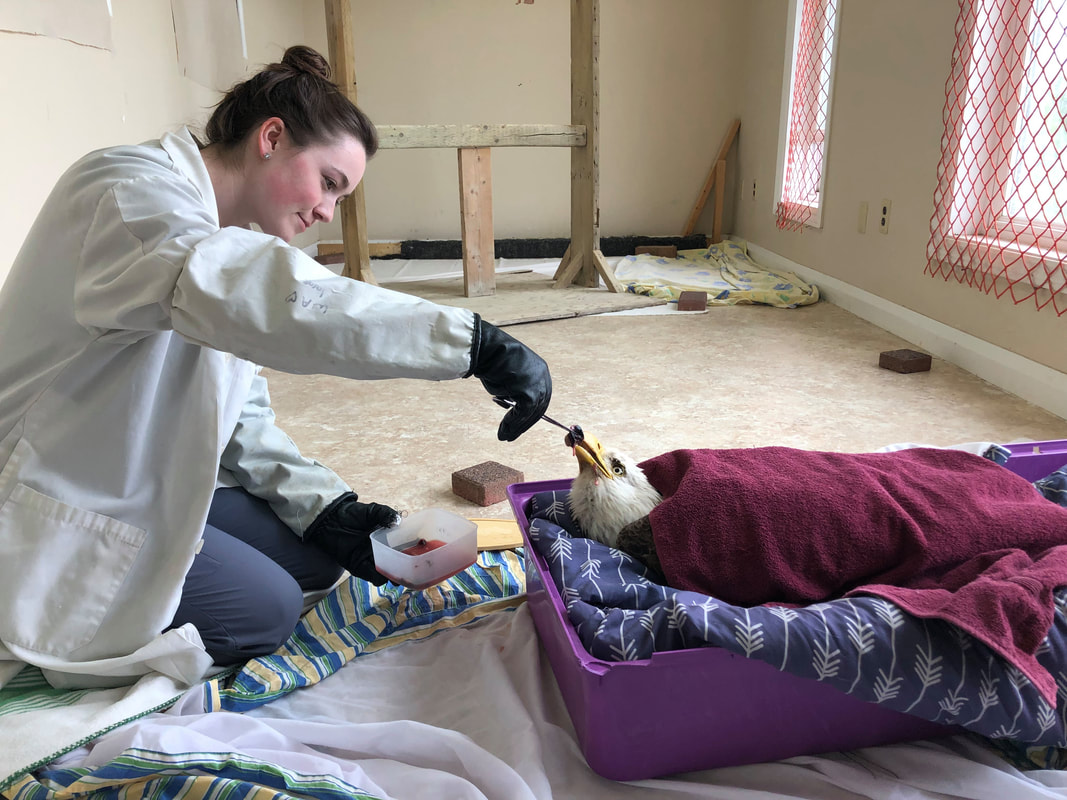

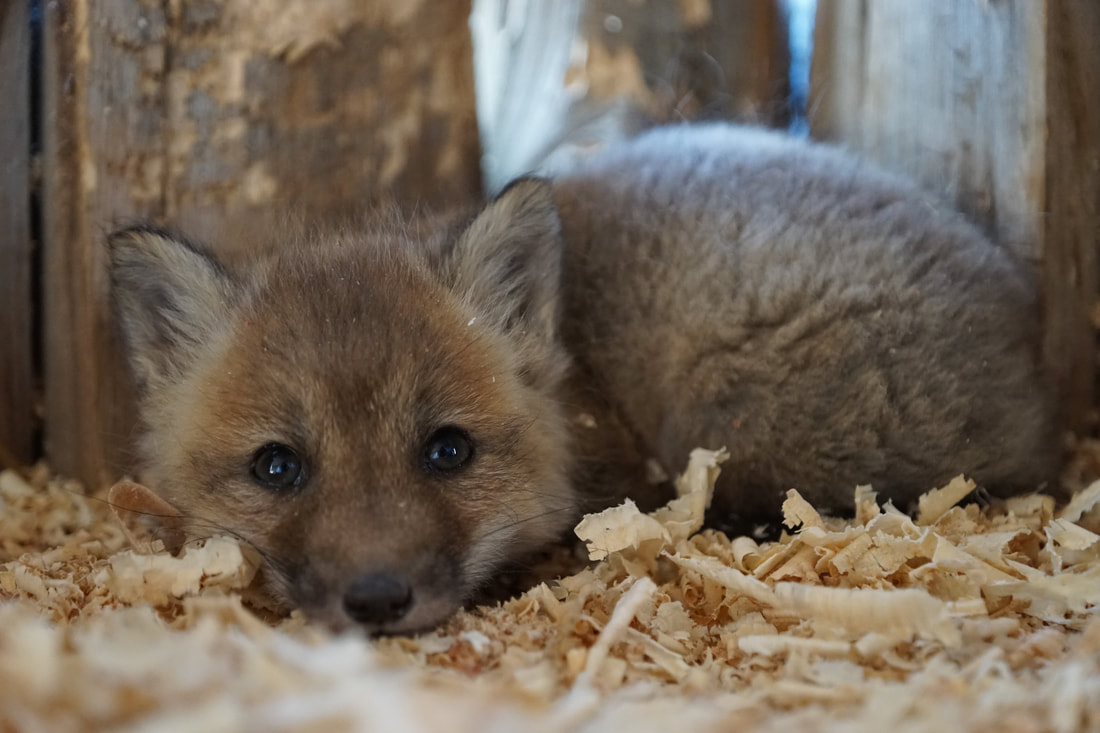
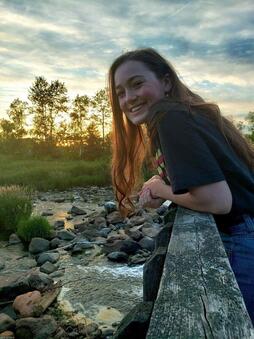
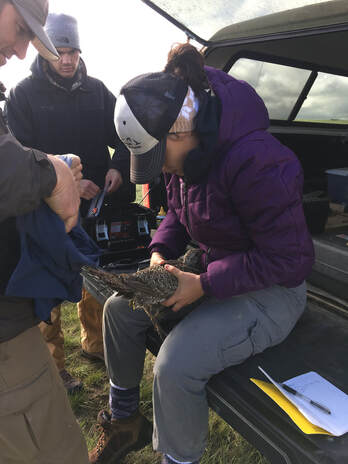
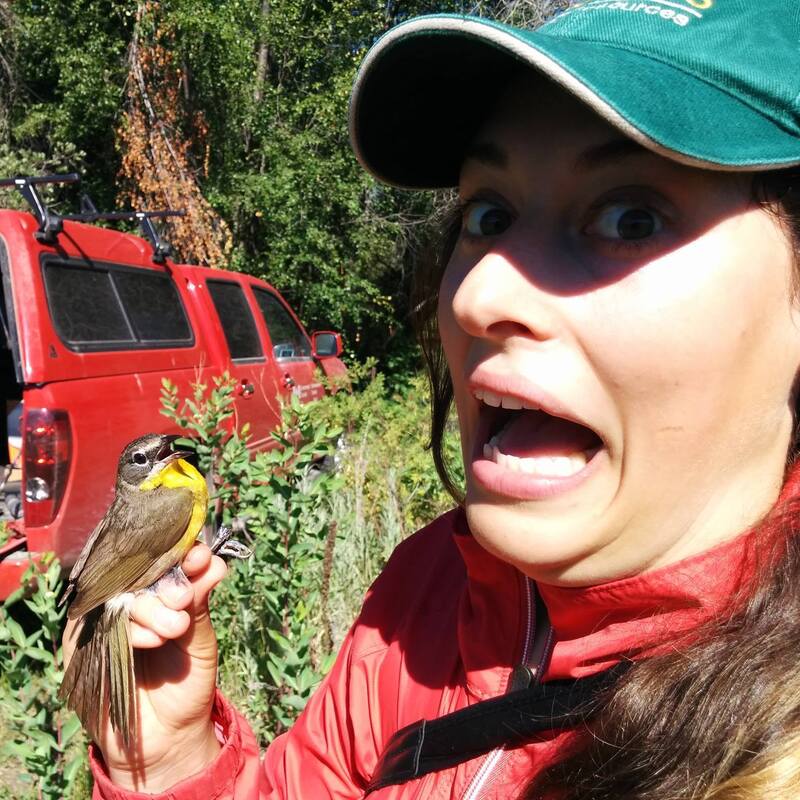
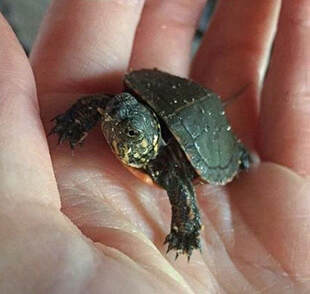
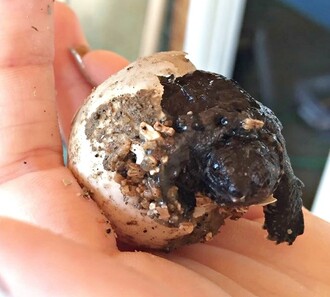

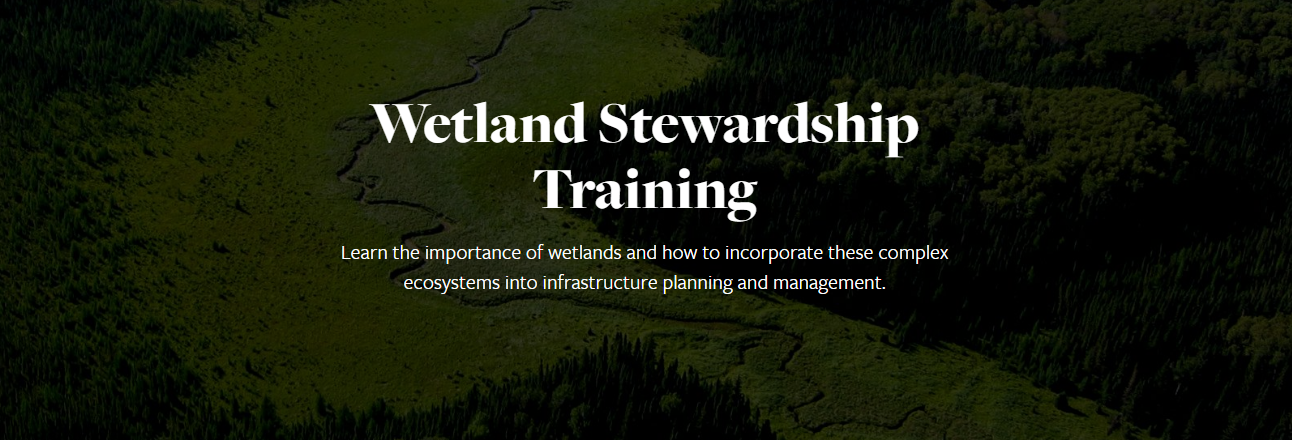
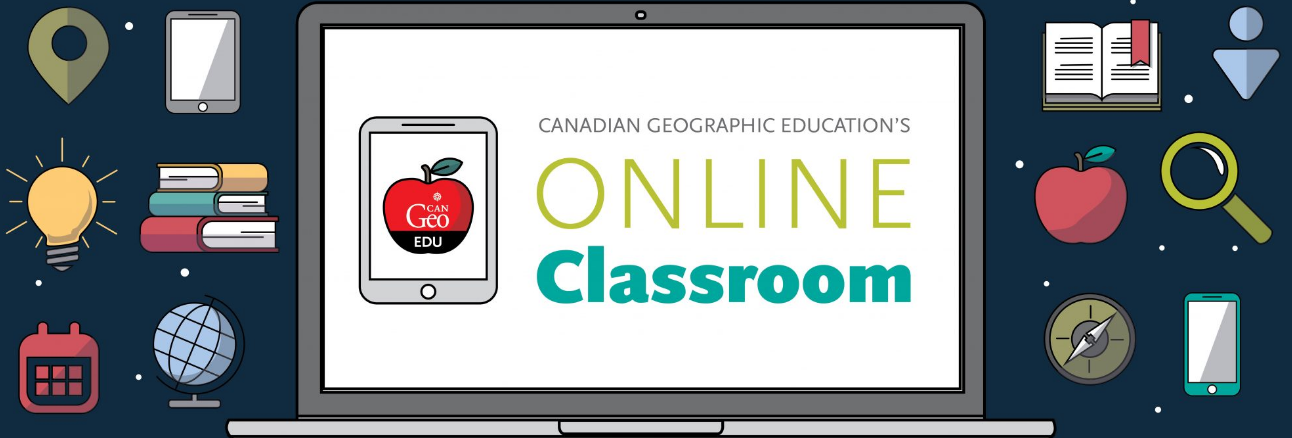
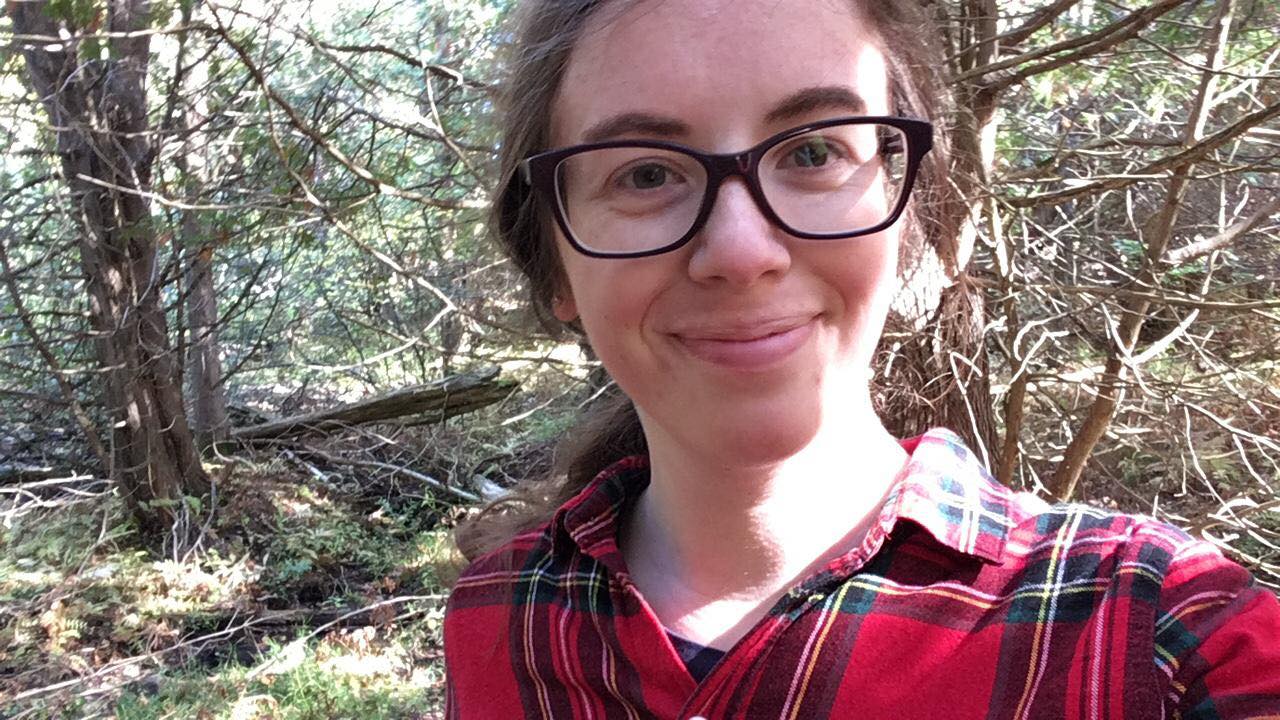
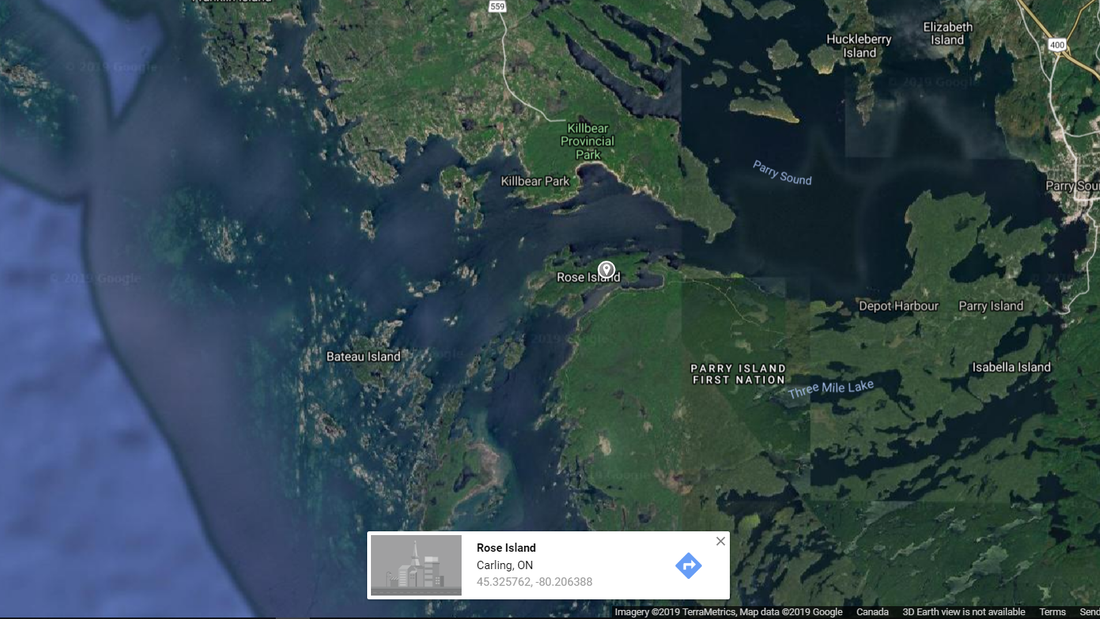

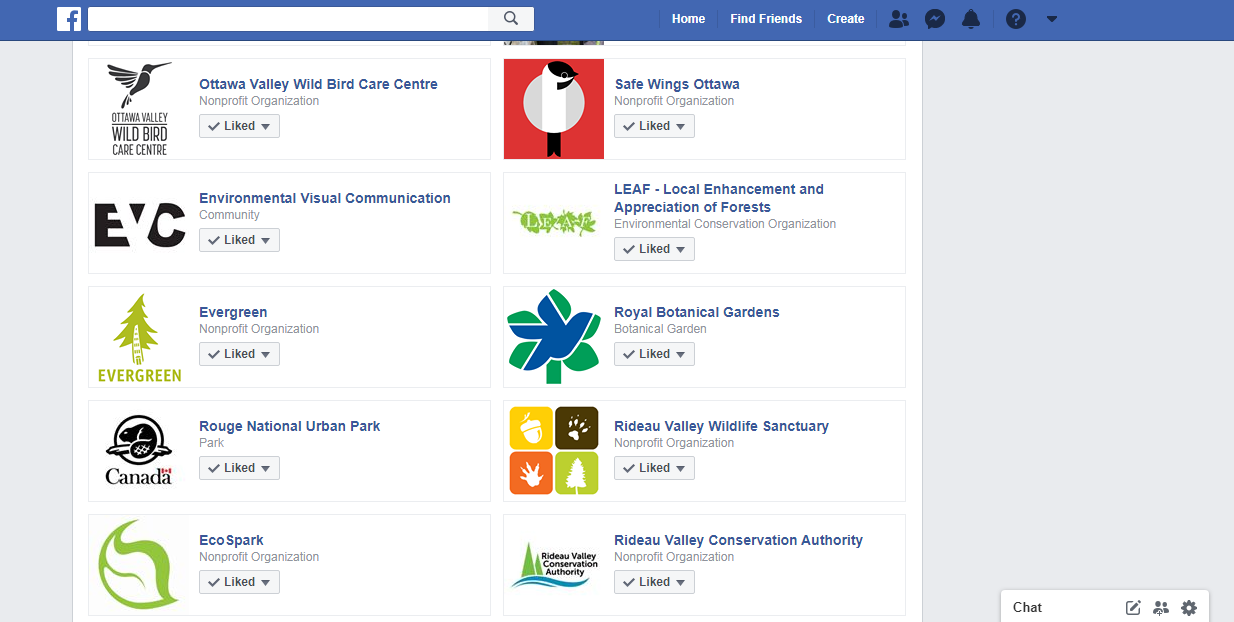
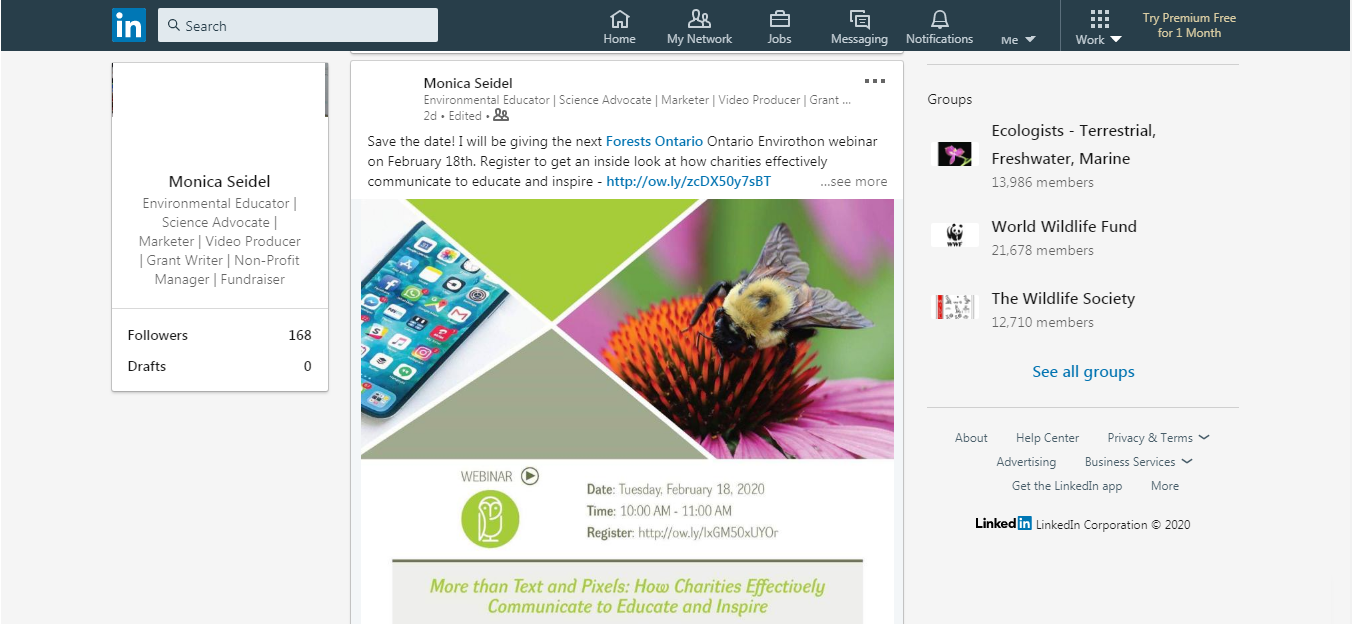
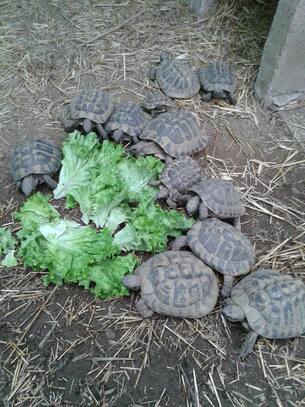
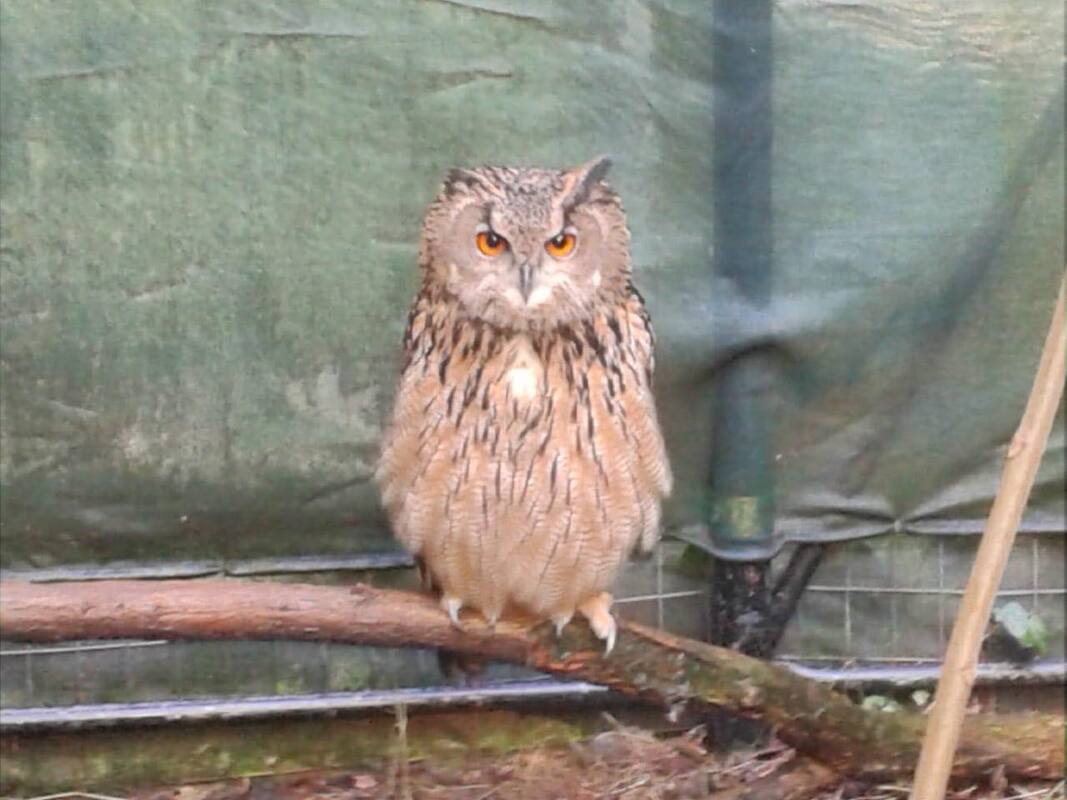
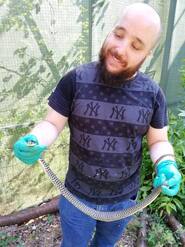
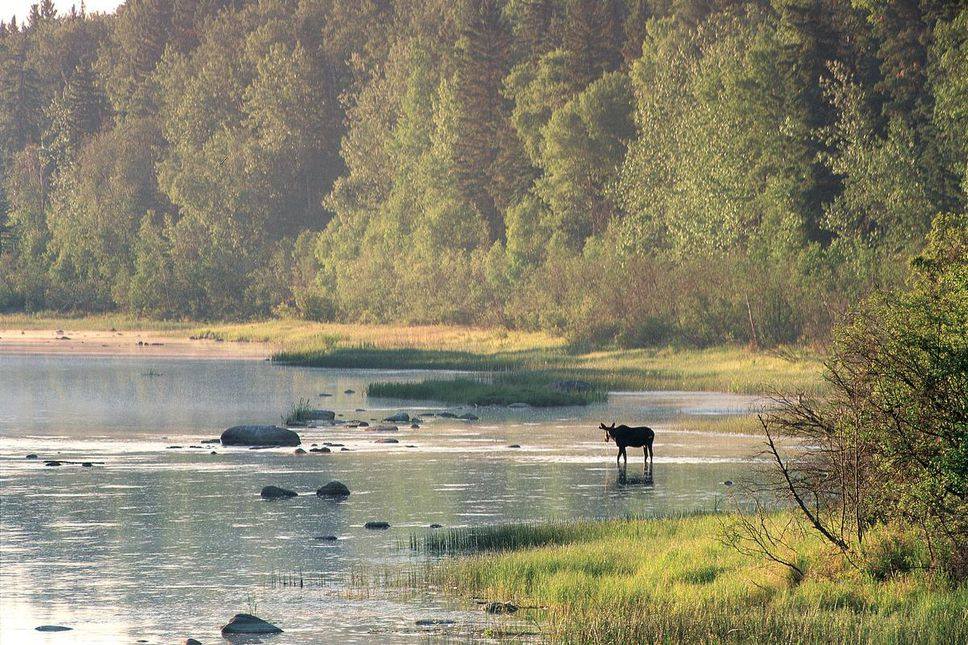
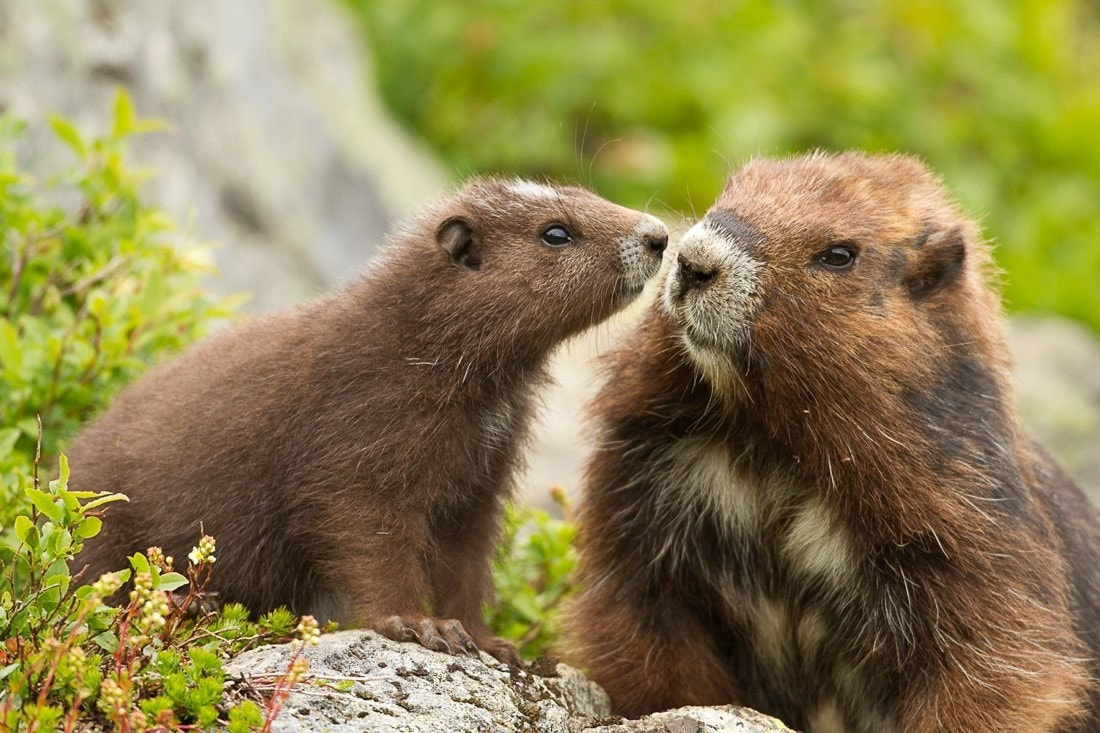
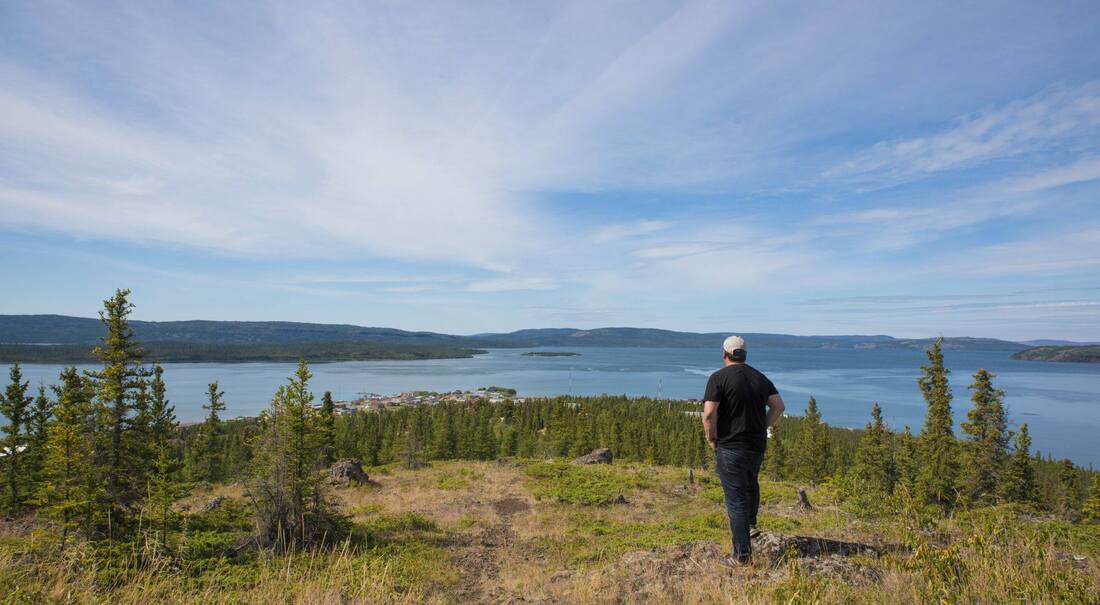

 RSS Feed
RSS Feed